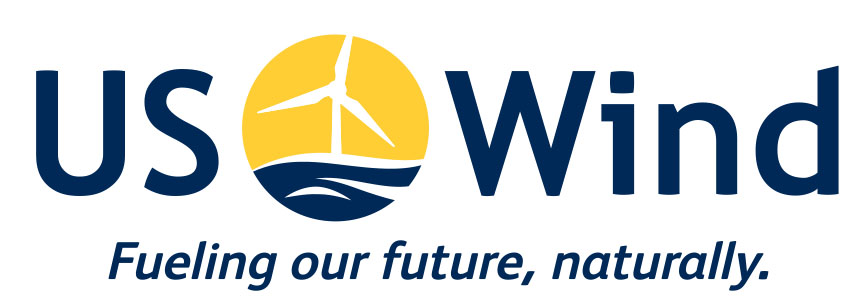Building a wind energy future: Offshore wind in the Mid-Atlantic
Over the years, offshore wind has proven not only its vast potential as a renewable source of energy, but also the opportunities it presents in the economic framework of various states in the U.S., including potential offshore wind deployment and supply chain growth.
A study released by the National Renewable Energy Laboratory (NREL) looked into the economic impact of offshore wind in different regions of the country. It found that “an offshore wind industry in the United States has the potential to support thousands of jobs due to robust workforce requirements, even at relatively conservative levels of deployment and domestic supply chain growth.” Moreover, it stated that in coastal regions of the country, “offshore wind is one possible technology that could be used for additional capacity.”
The research cited the Mid-Atlantic region as an abundant source of wind, with active efforts on its states to create or enforce policies that will facilitate employment opportunities and economic activities. The region is home to some of the country’s largest ports and logistics infrastructure, as well as several companies and manufacturers that have the “potential to support the offshore wind supply chain.” The research estimated the number of jobs during the construction phase could range between 12 and 30 full-time equivalent (FTE) jobs/megawatt (MW), and “the average for the ongoing jobs was 1.2 FTE jobs/MW.”
In Maryland, there are at least 53 supply chain companies and firms identified that specialize in electronics; manufacturing and assembly; installation, construction, and materials; maintenance, logistics, and transportation; and services that vary from engineering, legal, financial, educational, to outreach. Combined with the infrastructure and resources from the rest of the region, the Mid-Atlantic presents an attractive investment opportunity to develop offshore wind projects.
The New York State Energy Research and Development Authority (NYSERDA) also published a report on the state’s current renewable energy industry, with offshore wind cited as the “key driver” in the rising demand for clean energy workers. The state is dedicated to not only create jobs, but also develop its workforce by expanding avenues for education and training to meet the growing demands of the industry, which the state expects to be around “10,000 jobs in manufacturing, installation, and operation of offshore wind facilities.” This projected growth is expected to benefit low-income and environmental justice communities.
